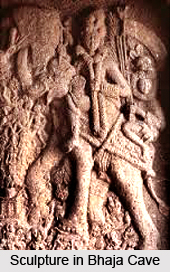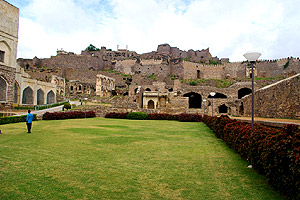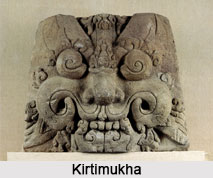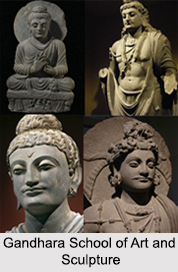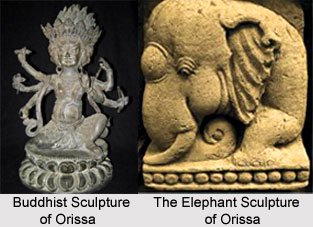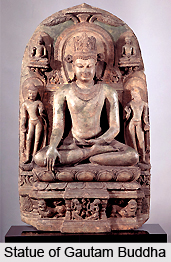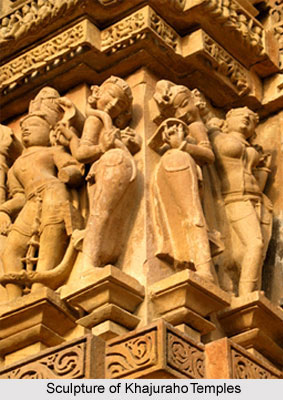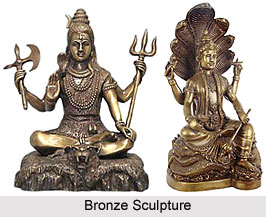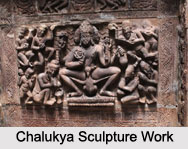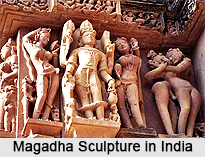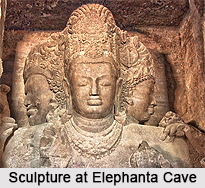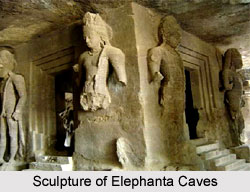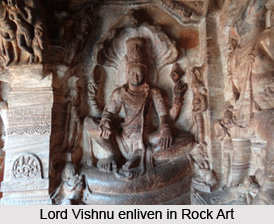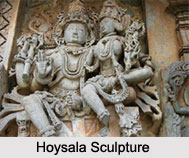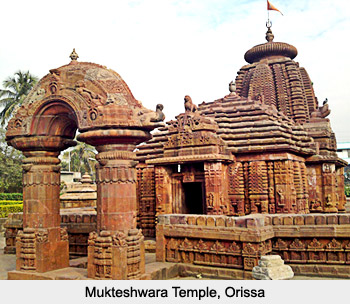About Mughal Sculptures
The Mughal sculptures emerged in India during 16th and 17th centuries. This school of architecture brought in the Persian influence on Indian art and architecture. The Mughal sculptures specifically refer to those art pieces that were created from the Babur era. The sculptures during Babur era include the sculpture of Kabuli Bag Mosque, sculpture of Jami Masjid, Sambhal (Rohilkhand) and the sculpture of Lodi Fort Mosque, Agra. The monuments constructed by Muslim rulers before this were purely in the Persian style. But the Mughal architecture and sculptures also reflected an Indian touch.
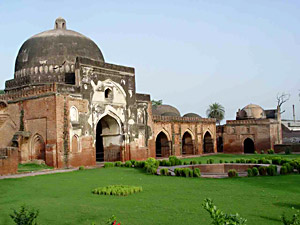 Due to an amalgamated style a separate set of features of Mughal sculptures evolved. These features were also apparent in the sculptures during Humayun Era. It was under the Mughal emperor, Akbar that the Mughal art and sculpture truly flourished. The Mughal architecture thus witnessed the construction of some of the most opulent buildings in its history. The sculptures during Akbar era comprised calligraphy and thick foliage designs. Architectural elements like domes, chhatris, jharokhas and arched gateways were primarily used. The tradition of constructing grand buildings continued. This is evident from the architecture and sculptures during Jahangir era.
Due to an amalgamated style a separate set of features of Mughal sculptures evolved. These features were also apparent in the sculptures during Humayun Era. It was under the Mughal emperor, Akbar that the Mughal art and sculpture truly flourished. The Mughal architecture thus witnessed the construction of some of the most opulent buildings in its history. The sculptures during Akbar era comprised calligraphy and thick foliage designs. Architectural elements like domes, chhatris, jharokhas and arched gateways were primarily used. The tradition of constructing grand buildings continued. This is evident from the architecture and sculptures during Jahangir era.
But the Mughal architecture and sculptures reached their zenith under the rule of Shah Jahan. The sculptures during Shah Jahan era are reminiscent of the passion of the emperor for art and architecture. The Taj Mahal was built by the same emperor. However the sculptures during Aurangzeb era show a downward slide. These sculptures were simpler and style and lacked the love and passion of the early emperors.
One of the most prominent features of Mughal architectures was that it was successful in influencing the native style, especially the Rajput sculpture and architecture.
Features of Mughal Sculptures
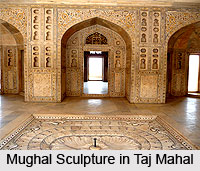 With the emergence of the Delhi Sultanate a new style evolved. The features of Mughal Sculpture were not different from that of the Delhi Sultanate sculptures but the monuments were indeed more lavish. Under the patronage of Mughal emperors like Akbar and Shah Jahan art and architecture thrived. One of the important features of Mughal architecture is the usage of red sandstone, bilateral symmetry and definitely the use of marble extensively. Geometric ornamentation, slightly pointed hemispherical domes and the almost perfect radials makes the Mughal monuments one of the finest examples of Indo-Islamic architecture.
With the emergence of the Delhi Sultanate a new style evolved. The features of Mughal Sculpture were not different from that of the Delhi Sultanate sculptures but the monuments were indeed more lavish. Under the patronage of Mughal emperors like Akbar and Shah Jahan art and architecture thrived. One of the important features of Mughal architecture is the usage of red sandstone, bilateral symmetry and definitely the use of marble extensively. Geometric ornamentation, slightly pointed hemispherical domes and the almost perfect radials makes the Mughal monuments one of the finest examples of Indo-Islamic architecture.
As far as sculpture is concerned it was the Mughals who introduced ceramic tile work, Pietra Dura inlay with coloured and semi-precious stones, carved and inlaid stonework. Foliage sculptures in between the arches are outstanding feature too. If the ancient Hindu temples were famous as stupendous structures the Mughal monuments became popular for their pristine looks and intricate stone works. The brilliant craftsmanship of the artisans is evident from architectural wonders, such as Taj Mahal, Jama Mosque, the buildings within the Red Fort and others. 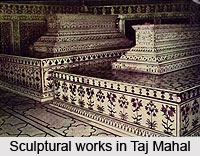 The inlaid stone work was also an art to reckon with. Shallow relief depictions of flowers to intricate pierced-marble screens known as jails were part of the carved Mughal stone sculptures.
The inlaid stone work was also an art to reckon with. Shallow relief depictions of flowers to intricate pierced-marble screens known as jails were part of the carved Mughal stone sculptures.
Marble was generously used and is one of the prominent features of Mughal sculpture. The immaculate feel and the soothing effect of this white marble made it a popular building material. Most of the religious buildings were carved out of marble. The Mughal sculpture clearly states the influence of both the Persian and Hindu styles. The trabeate stone construction, shallow arches made out of corbels rather than voussoirs and richly ornamented carved piers and columns are some typical Hindu features that have been incorporated in the Mughal architecture. Other constructions like the chhatris- a domed kiosk resting on pillars, chajjas and jarokhas- a projecting balcony supported on corbels with a hood resting on columns became a part of the Mughal characteristics. Extensive use of tile work, the iwan as a central feature in mosques, the charbagh or garden, divided into four centre point arch and the use of domes are the features that have been borrowed from the Persian architecture.
The Mughal sculpture and architecture are also responsible for introducing certain new features: double dome and pietra-dura style of decoration. Muslim Indian sculpture, thus, reached its zenith under the Mughal emperors.
